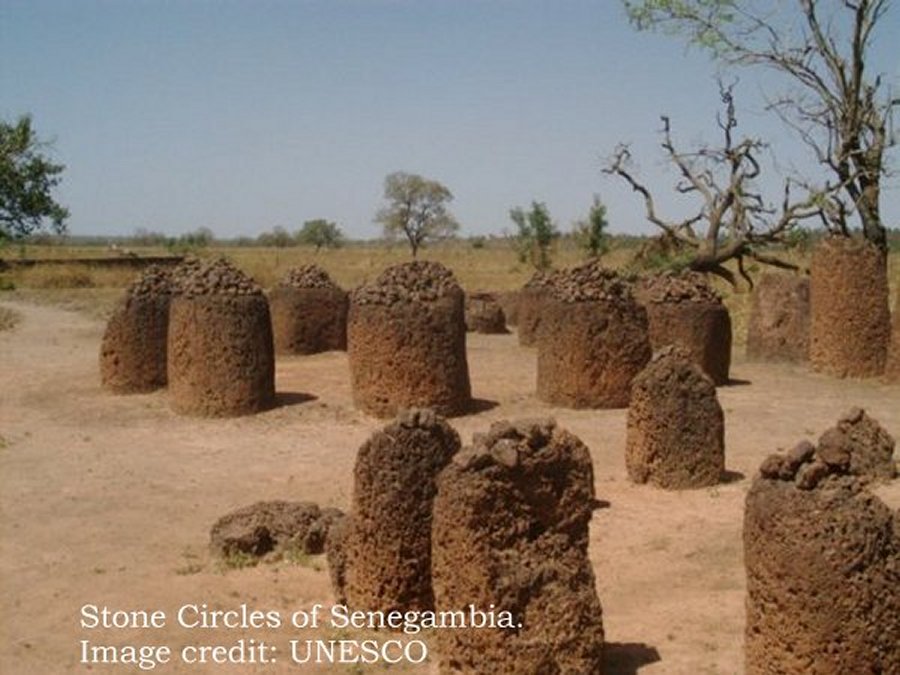African Stonehenge – Extraordinary Stone Circles Of Senegambia – Who Were The Unknown Builders?
A. Sutherland - AncientPages.com - Not everyone knows that the great stone circles of Senegambia are the largest megalithic complexes yet recorded in any region of the world.
Image source: UNESCO
Most people have heard of Stonehenge in the UK, but far from all are familiar with the large concentration of stones that are sometimes referred to as African Stonehenge.
The stone circles and other megaliths in Senegal and Gambia are divided into four large sites.
These include Sine Ngayene and Wanar in Senegal and Wassu and Kerbatch in the Central River Region in Gambia.
The four sites cover 93 stone circles and numerous burial mounds. Some of them were recently excavated to reveal material dated between the 3rd century BC and 16th century AD. Together, the stone circles of laterite pillars and their associated burial mounds present a vast sacred landscape created over 1,500 years.
Each stone circle contains about 10 to 24 standing stones.
All the stones in any given circle are usually the same height, and size, varying between 60 cm and 245 cm high and weighing up to 10 tons.
The giant stones at N'Jai Kunda may weigh at least 10 tons. The purpose of the stone circles is not entirely clear.
Stone circles have been the subject of research over the past 100 years. Several parts of this ancient site have been excavated.
According to UNESCO, "material from excavations suggests that the burials took place mainly during the first and early second millennia AD.
However, the relationship between the burial mounds and the stone circles has yet to be thoroughly investigated.
It is not clear whether the burials pre-date the circles, whether they are contemporary, or whether perhaps the circles pre-date the burials.
Scientists do not know when monuments were built, but the generally accepted range is between the third century BC and the sixteenth century AD. The true purpose of the stone circles and their builders is shrouded in mystery.
The Manding people currently live in the megalithic zone, and it seems they moved into the area in the 16th century after the construction of the megaliths. Thus, they are not particularly related to the megalith builders. Another option is that the Serer people are the builders, but that is only speculation.
The truth is - the builders of the Senegambia stone circles are unknown.
All images source
Written by – A. Sutherland - AncientPages.com Senior Staff Writer
Updated on February 13, 2023
Copyright © AncientPages.com All rights reserved. This material may not be published, broadcast, rewritten or redistributed in whole or part without the express written permission of AncientPages.com
More From Ancient Pages
-
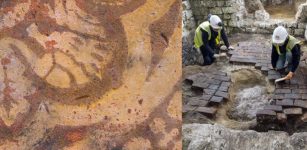 Strange Mythical Creature Resembling A Sphinx Discovered In A Medieval Bathroom
Archaeology | Mar 10, 2020
Strange Mythical Creature Resembling A Sphinx Discovered In A Medieval Bathroom
Archaeology | Mar 10, 2020 -
 Who Was King Menes? Mystery Of This Legendary Ruler May Go Back 20,000 Years
Civilizations | May 1, 2017
Who Was King Menes? Mystery Of This Legendary Ruler May Go Back 20,000 Years
Civilizations | May 1, 2017 -
 Why Did People Start Eating Egyptian Mummies? The Weird And Wild Ways Mummy Fever Swept Through Europe
Featured Stories | Jun 7, 2022
Why Did People Start Eating Egyptian Mummies? The Weird And Wild Ways Mummy Fever Swept Through Europe
Featured Stories | Jun 7, 2022 -
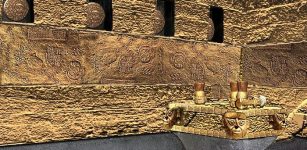 Coricancha – Stunning Golden Garden And Lost Treasures Of The Inca
Featured Stories | Aug 20, 2021
Coricancha – Stunning Golden Garden And Lost Treasures Of The Inca
Featured Stories | Aug 20, 2021 -
 On This Day In History: First Battle Of The Mexican War Was Fought At Palo Alto – On May 8, 1846
News | May 8, 2016
On This Day In History: First Battle Of The Mexican War Was Fought At Palo Alto – On May 8, 1846
News | May 8, 2016 -
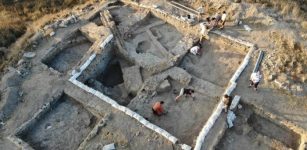 Huge Defensive Wall Excavated At Tel Erani, Israel Is More Than 5,300 Years Old
Archaeology | Sep 12, 2019
Huge Defensive Wall Excavated At Tel Erani, Israel Is More Than 5,300 Years Old
Archaeology | Sep 12, 2019 -
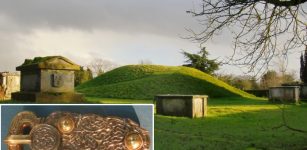 These Curious Burials Could Challenge Historians’ Ideas About Anglo-Saxon Gender
Featured Stories | Oct 3, 2023
These Curious Burials Could Challenge Historians’ Ideas About Anglo-Saxon Gender
Featured Stories | Oct 3, 2023 -
 Unique Medieval Spindle Whorl With Cyrillic Inscription Discovered In Poland
Archaeology | Mar 9, 2018
Unique Medieval Spindle Whorl With Cyrillic Inscription Discovered In Poland
Archaeology | Mar 9, 2018 -
 Terracina – Ancient City Where Mythology And History Meet
Featured Stories | Jan 16, 2024
Terracina – Ancient City Where Mythology And History Meet
Featured Stories | Jan 16, 2024 -
 Ivar The Boneless: Famous Viking And Son Of Ragnar Lodbrok
Featured Stories | Jun 6, 2016
Ivar The Boneless: Famous Viking And Son Of Ragnar Lodbrok
Featured Stories | Jun 6, 2016 -
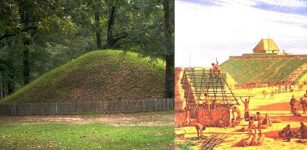 Secrets Of Ancient Mound Builders In Louisiana Revealed
Archaeology | May 23, 2018
Secrets Of Ancient Mound Builders In Louisiana Revealed
Archaeology | May 23, 2018 -
 Evidence Vikings Had Windows With Glass Panes Already Between 800 And 1100
Archaeology | Oct 11, 2023
Evidence Vikings Had Windows With Glass Panes Already Between 800 And 1100
Archaeology | Oct 11, 2023 -
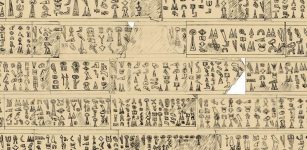 Invasion Of Mysterious Sea People – Enigmatic 3,200-Year-Old Luwian Hieroglyphic Inscription Sheds New Light On Ancient Puzzle
Archaeology | Oct 11, 2017
Invasion Of Mysterious Sea People – Enigmatic 3,200-Year-Old Luwian Hieroglyphic Inscription Sheds New Light On Ancient Puzzle
Archaeology | Oct 11, 2017 -
 Dura-Europos Roman Shield Created With Ancient Painting Techniques On Wood
Archaeology | Nov 9, 2015
Dura-Europos Roman Shield Created With Ancient Painting Techniques On Wood
Archaeology | Nov 9, 2015 -
 Mysterious Green Light And Ancient Treasures – Cave Of The Gods And Its Secrets
Featured Stories | Jul 3, 2018
Mysterious Green Light And Ancient Treasures – Cave Of The Gods And Its Secrets
Featured Stories | Jul 3, 2018 -
 Why Did Students Turn Medieval Oxford Into A Murder Capital?
Places | Sep 28, 2023
Why Did Students Turn Medieval Oxford Into A Murder Capital?
Places | Sep 28, 2023 -
 New Discovery: Unknown Use Of Yellow Colors In Ancient Egypt – Revealed
Archaeology | Oct 16, 2019
New Discovery: Unknown Use Of Yellow Colors In Ancient Egypt – Revealed
Archaeology | Oct 16, 2019 -
 Will Star Goddess Astraea Return To Earth With Second Golden Age Or Apocalypse?
Featured Stories | Aug 1, 2020
Will Star Goddess Astraea Return To Earth With Second Golden Age Or Apocalypse?
Featured Stories | Aug 1, 2020 -
 Ancestors Of The Irish And Scots Came From Biblical Lands And Ancient Egypt – Myths, History And DNA
Civilizations | Jul 14, 2020
Ancestors Of The Irish And Scots Came From Biblical Lands And Ancient Egypt – Myths, History And DNA
Civilizations | Jul 14, 2020 -
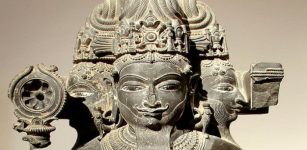 Brahma: First God In Hindu Trimurti, Creator Of The World And All Creatures
Featured Stories | Apr 17, 2019
Brahma: First God In Hindu Trimurti, Creator Of The World And All Creatures
Featured Stories | Apr 17, 2019


